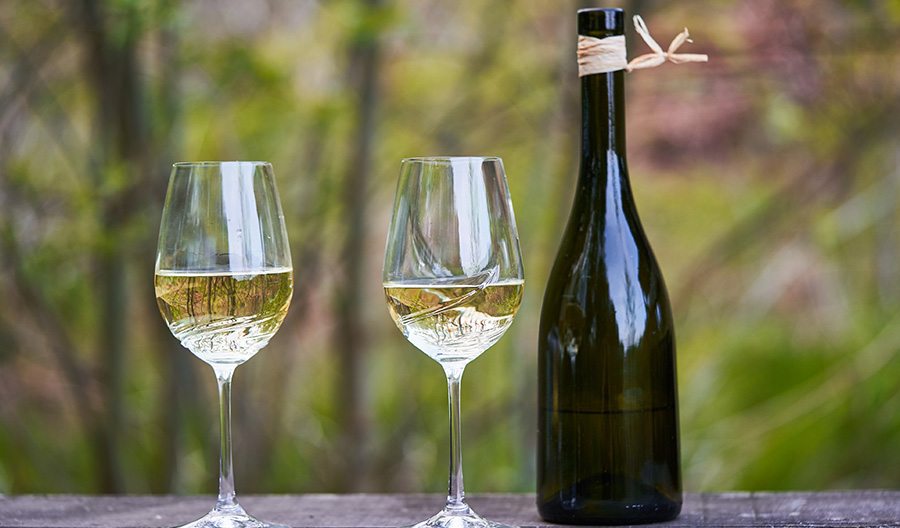When it comes to white wine, many people immediately think of light and crisp varieties. However, the world of white wine is rich and diverse, offering a spectrum of styles, including full-bodied whites. In this article, we will delve into the realm of full-bodied white wines, exploring their characteristics, popular varietals, food pairings, and more.
What Are Full-Bodied White Wines?
Full-bodied white wines are characterized by their richness, complexity, and often creamy or luscious textures. They typically have more weight on the palate and a bolder flavor profile compared to their lighter counterparts. The full-bodied nature of these wines can be attributed to factors such as grape variety, winemaking techniques, and oak aging. Full-bodied white wines have a higher alcohol content, generally 13.5% or more, and have more complex flavors.
Popular Varietals of Full-Bodied White Wines:
Chardonnay: Chardonnay is the quintessential full-bodied white wine. It is known for its versatility, producing wines that range from oaky and buttery to crisp and mineral-driven. Chardonnay's flavors can include notes of ripe apple, citrus, vanilla, and even tropical fruit.
Viognier: Viognier is another full-bodied white wine that often exhibits rich, floral aromas and flavors of stone fruits like peach and apricot. It is known for its lush and velvety texture.
Marsanne and Roussanne: These grapes, often found in Rhône Valley blends, produce full-bodied white wines with notes of honey, pear, and nuts. They can have a waxy texture that adds to their richness.
Semillon: Semillon is a full-bodied white wine often associated with Bordeaux and Australian wines. It can showcase flavors of lemon, lanolin, and honey. When affected by noble rot, it produces lusciously sweet and complex wines.

Characteristics of Full-Bodied White Wines
Rich and Creamy: Full-bodied whites often have a creamy or oily texture that coats the palate, giving them a luxurious feel.
Complex Flavors: These wines offer a diverse array of flavors, ranging from ripe fruits to spices, vanilla, and sometimes even toasted oak.
Balanced Acidity: While they are fuller in body, the best examples of full-bodied whites maintain a balanced acidity that keeps the wine from feeling heavy.
Aging Potential: Many full-bodied white wines can age gracefully, evolving in the bottle and developing new layers of complexity.
Food Pairing with Full-Bodied Whites
Pairing full-bodied white wines with the right dishes can create delightful culinary experiences. Here are some suggested pairings:
Rich Seafood: Dishes like lobster, crab, and scallops in creamy sauces complement the richness of full-bodied whites like Chardonnay.
Poultry: Roast chicken or turkey with buttery or creamy sauces pairs well with these wines.
Creamy Pasta: Alfredo or carbonara pasta dishes harmonize with the creamy texture of full-bodied whites.
Spicy Cuisine: The richness of these wines can stand up to spicier dishes, such as Thai or Indian cuisine.
Aged Cheeses: Semi-hard and hard cheeses like Gouda, aged cheddar, and Comté complement the complexity of these wines.
Full-bodied white wines offer a captivating alternative to their lighter counterparts, delivering a rich and opulent tasting experience. Whether you're savoring a well-oaked Chardonnay, a fragrant Viognier, or an intriguing Marsanne blend, these wines have the power to elevate your palate and make any occasion special. So, the next time you explore the world of white wines, don't hesitate to venture into the realm of full-bodied whites and discover the richness they have to offer.

